Photo Essay of Relief Mission in Western Karen State
20 February 2014 Karen State, BurmaWESTERN KAREN STATE: KLER LWE HTU – LER DOH MISSION
Written by Koala Bear, a Karen team leader who led this mission.
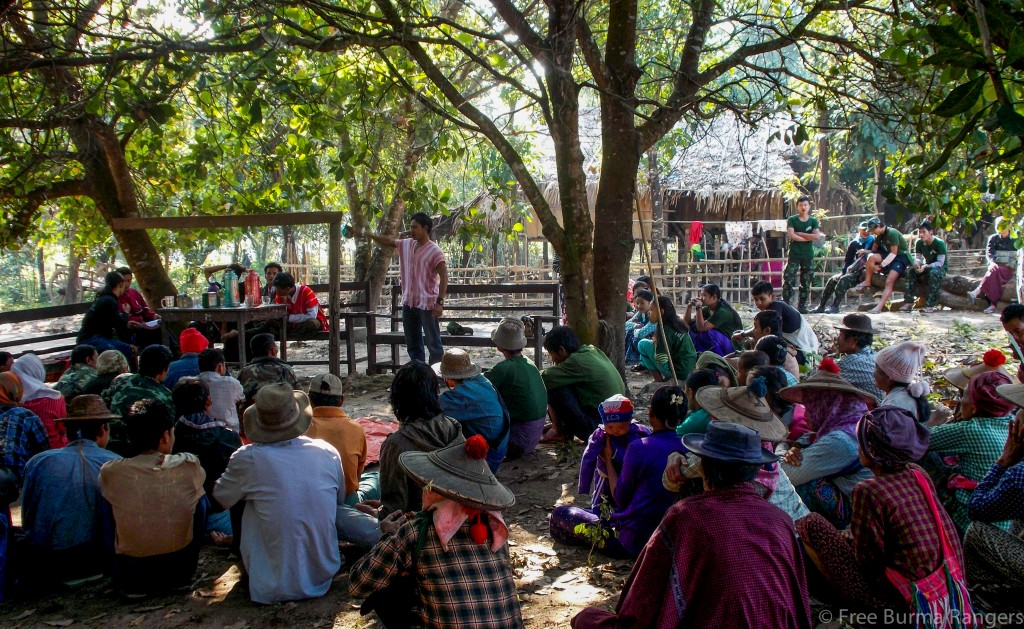
Six of the newly trained relief teams were led by the Kler Lwe Htu FBR leader, Koala Bear, to Ler Doh Township for a relief mission in December 2013. The people visited on this mission were forcibly relocated in 2006 and have just now begun to move back to their original villages. 15 percent of the people are farmers, 30 percent survive by gardening (betelnut, durians) and the rest are day laborers. Since the ceasefire, the people have more right to work and travel, but are facing food and health problems still.
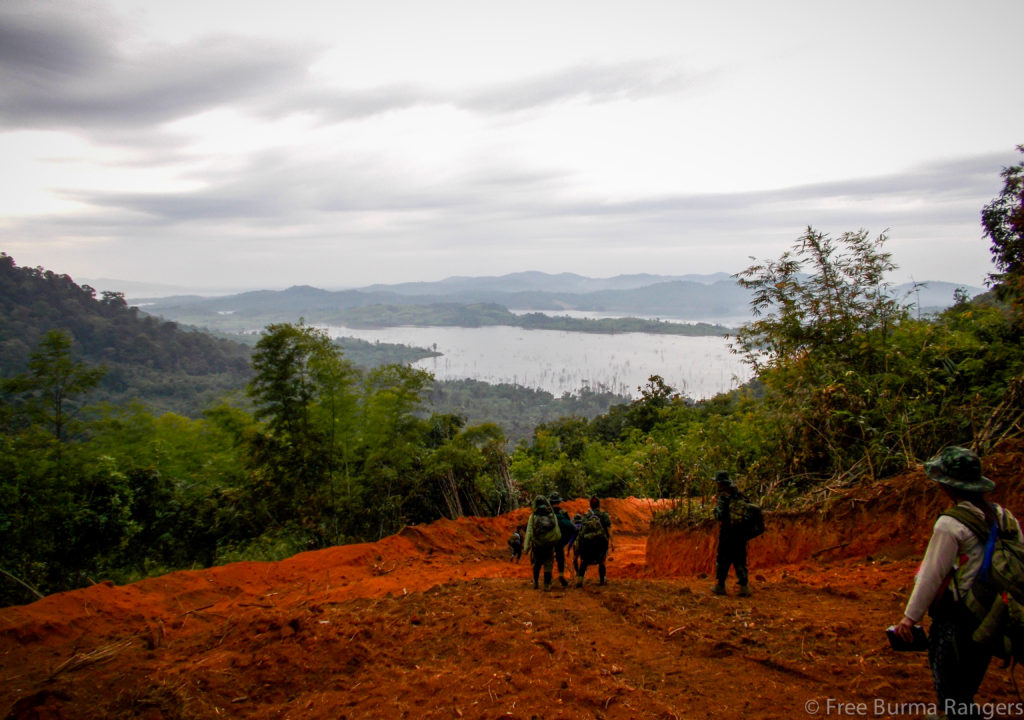
Good Life Club
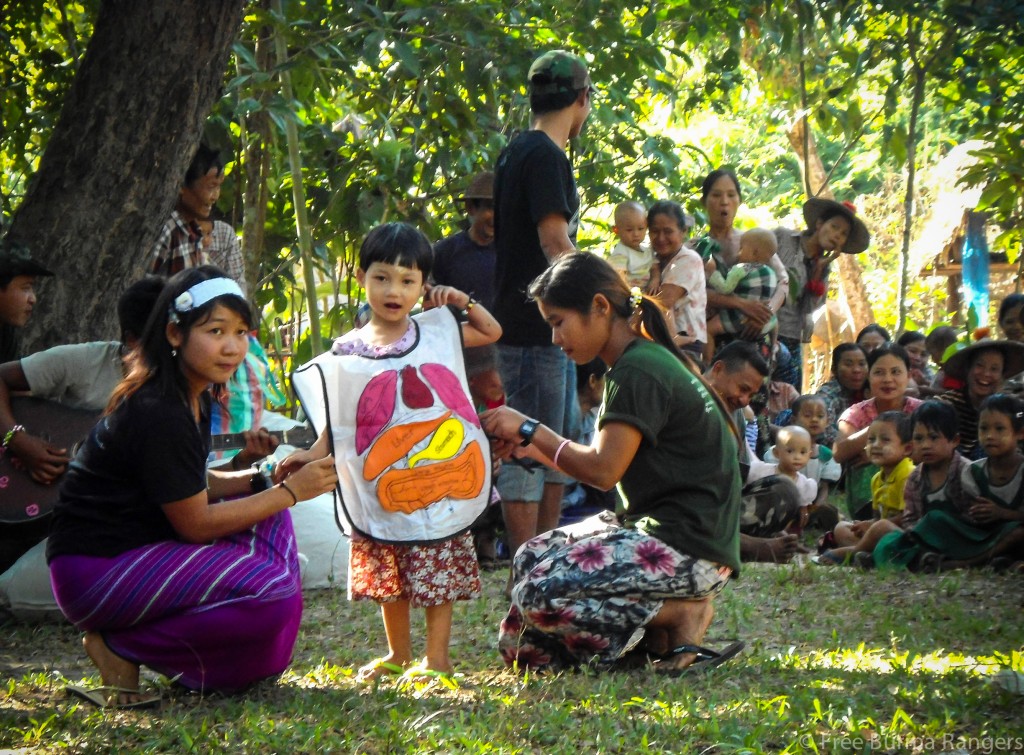
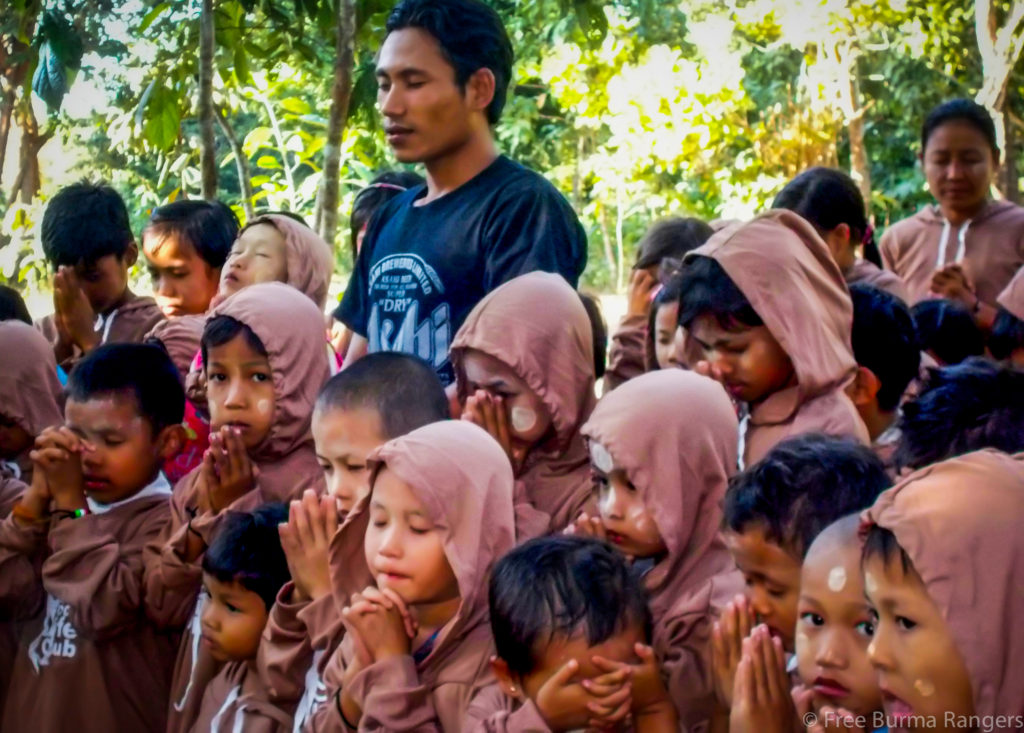
The teams did two programs, at Kywe Ja and Sa Le villages. In Kywe Ja the teams gathered three villages’ children and in the Sa Le Village program, children from three villages came as well, with a total of 246 children. They gave 48 children’s packs and 1280 GLC T-shirts to the children and parents.
Education
In Kywe Ja, three villages have two schools with 12 teachers and 181 students. In Sa Le, three villages came but there was only one school, with 10 teachers and 143 students. Both places had nursery schools. All the school teachers are from the Burmese Government and get a salary from them; the school head master/mistress salary is 105,000 kyat per month (about US $100). The schools are going well but there are some children who cannot go to school.
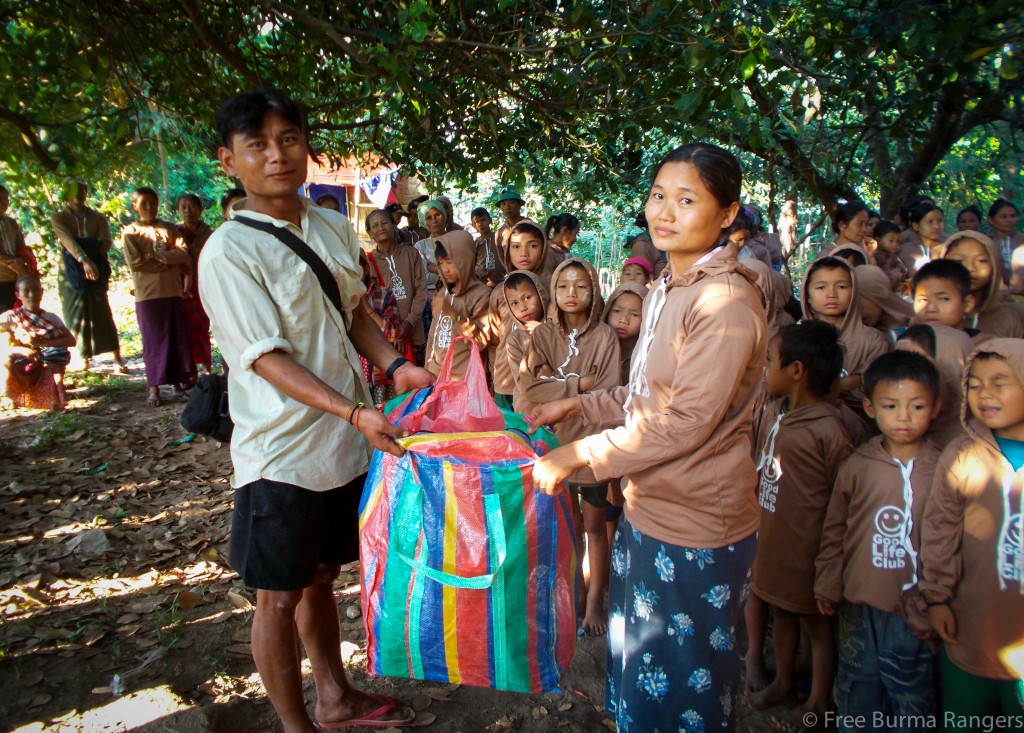
Health
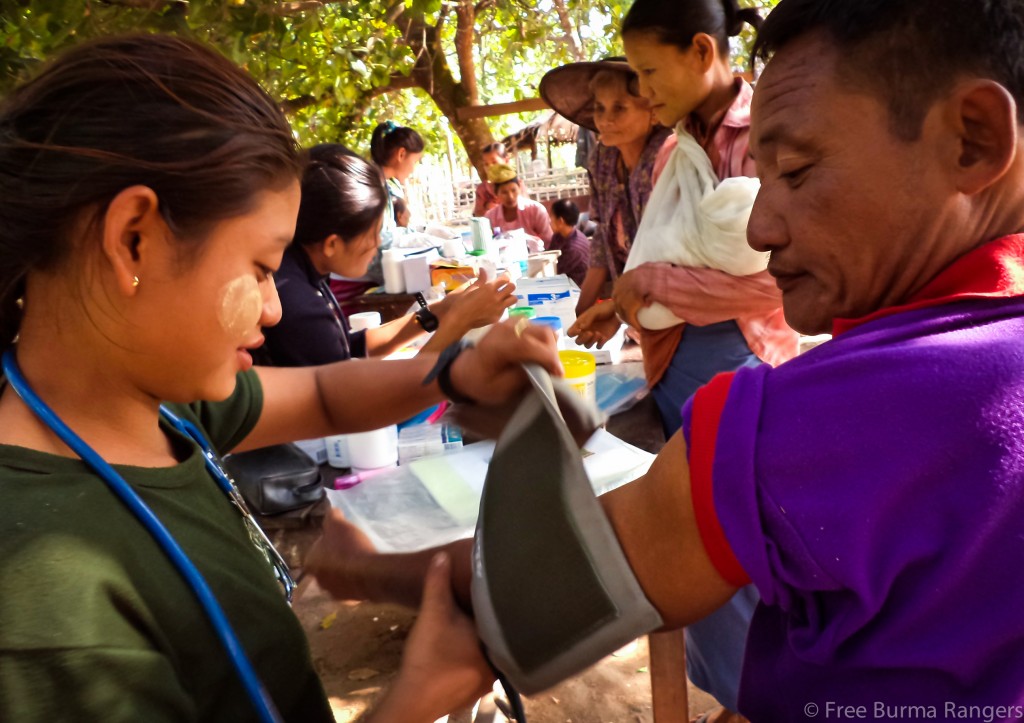
In both places there are few health workers, with just one Community Health Worker (CHW) in each place visited. Both of them have done the CHW training in Karen State. The teams treated over 513 people with several diseases such as common cold, joint pain, hypertension, anemia, eye disease, malaria, beri-beri, worms, fungal, and others. The teams also gave 100 eye-glasses and helped six dental patients. During our mission the teams provided a two-day medical training and explained about diarrhea, dysentery and pneumonia, with 12 people from each site attending these trainings.
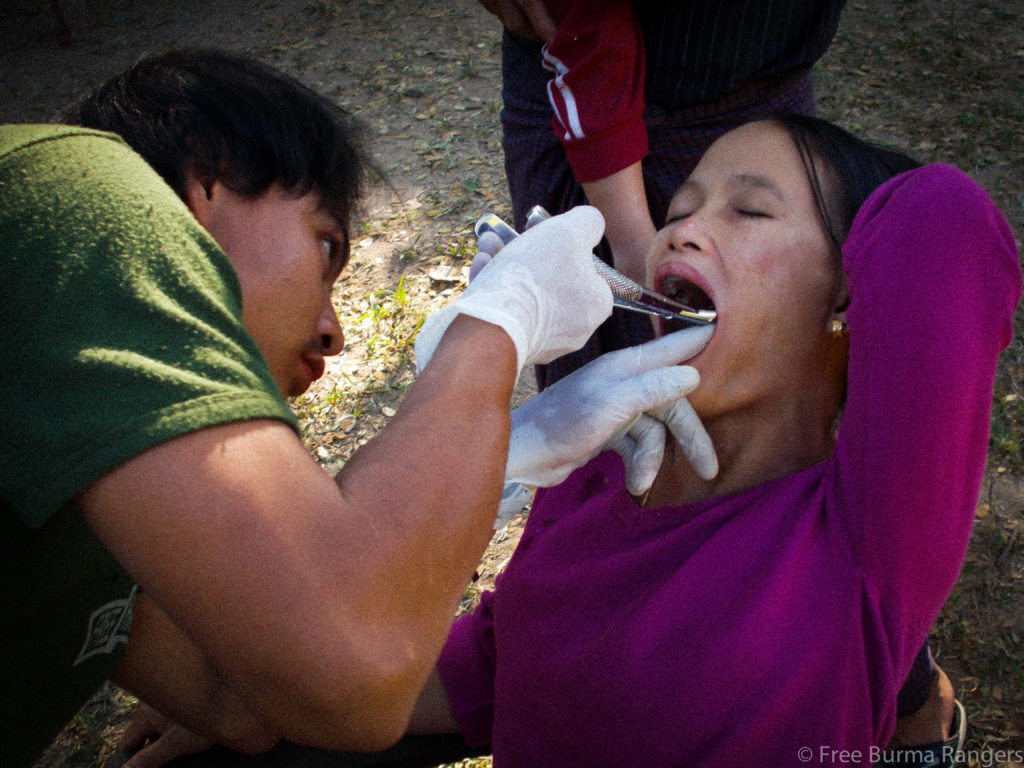
Human Rights Violations
Construction of a car road will destroy some villagers’ water paddy farms as the road is made wider by about 100 feet. 40-50 houses will have to move and some trees belonging to the people were cut down. This is happening between Ler Doh and Payalaygone.
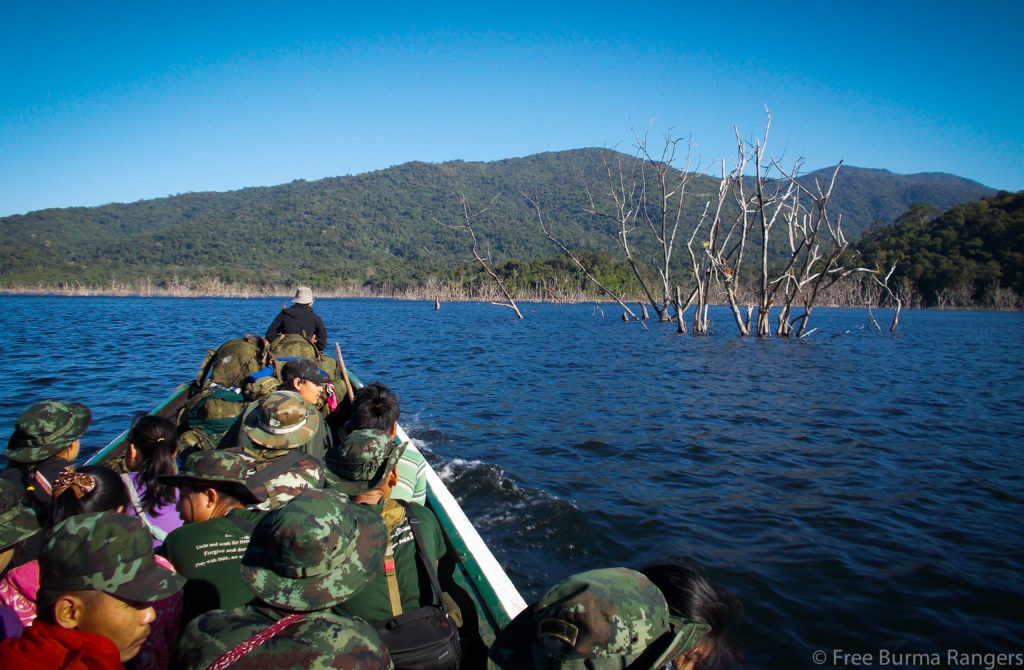
Burma Army activities
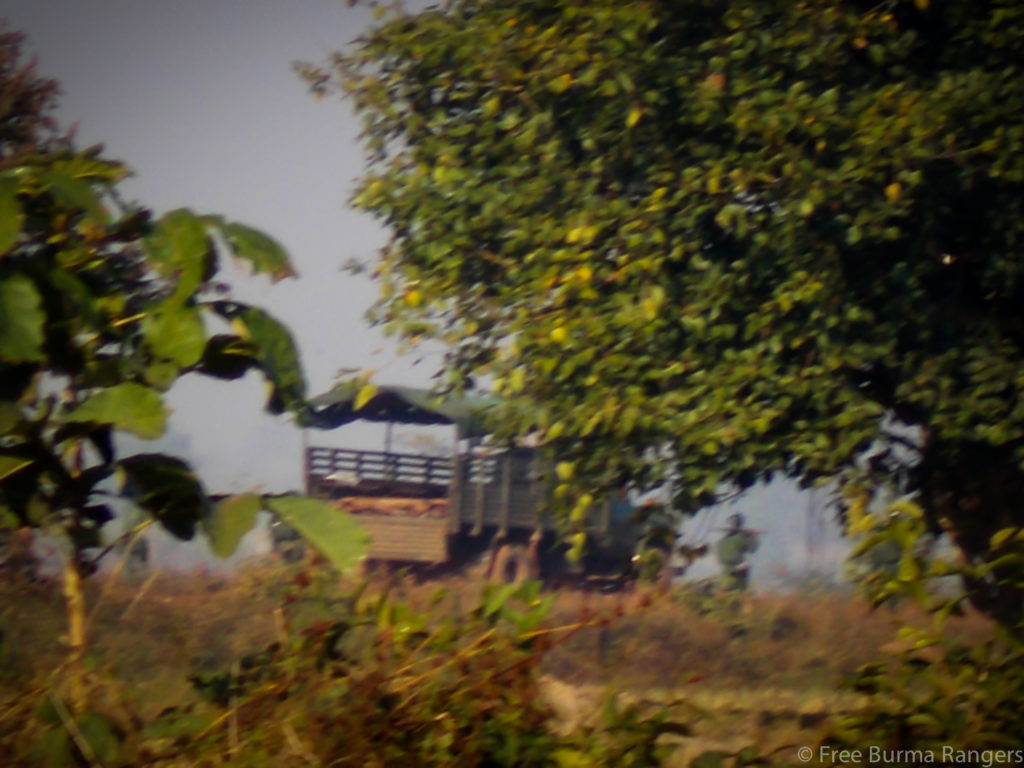
Two Burma Army camps occupied by Infantry Battalion (IB) 60 are in this area. The main camp is Tha Bo Camp. There were no attacks in this mission area but some army trucks went up and down between Muthe and Tha Bo, and the Kyauk Kyi town troops rotated in and out. During our program at Sa Le, Light Infantry Battalion (LIB) 351 sent their soldiers to come to the KNU place at Payalaygone. The leader said that they came for practical training. This troop size was about 31 soldiers and the teams saw that they had four 60mm mortars, one 81mm, one RPG, three K3-79, and two K3 light machine gun and the rest were K3 rifles.
Summary of Western Karen State Mission
During our mission we visited over 1300 people from six villages and the teams treated 513 patients. Two GLC programs were done during the mission and we distributed 1280 GLC T-shirts and 48 school packages. We thank God that we completed our mission; the people were very pleased to see us and enjoyed our program very much. However, we have learned that many people are still afraid and the people still face food shortages and health problems.
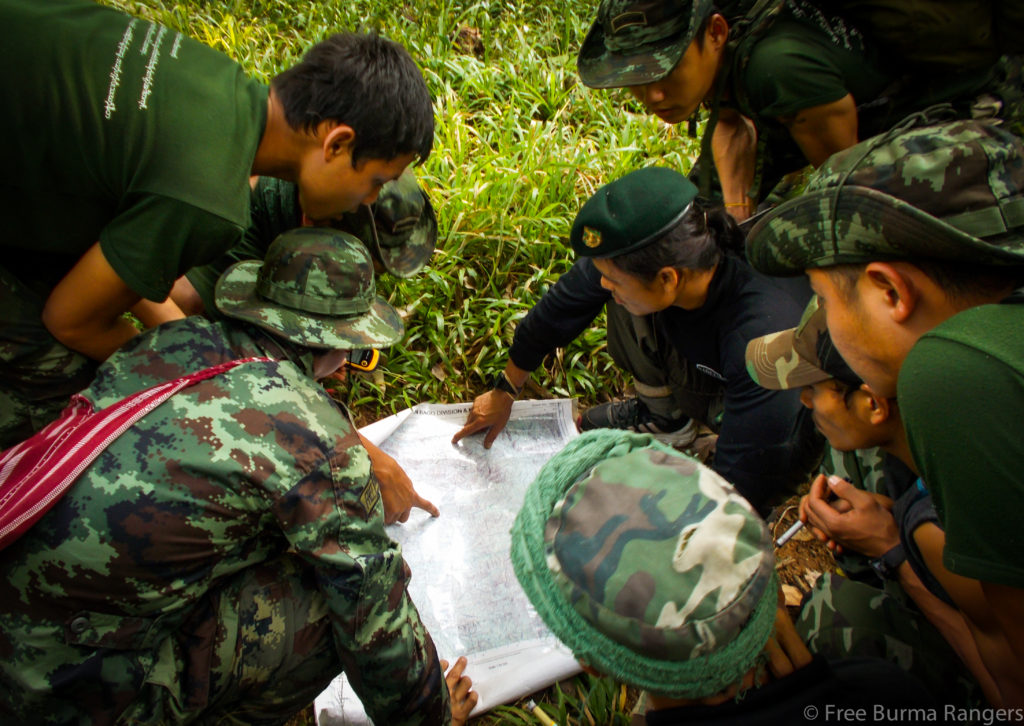
All the teams are now going to their own areas to continue relief missions.
Thank you and May God bless you,
Free Burma Rangers
